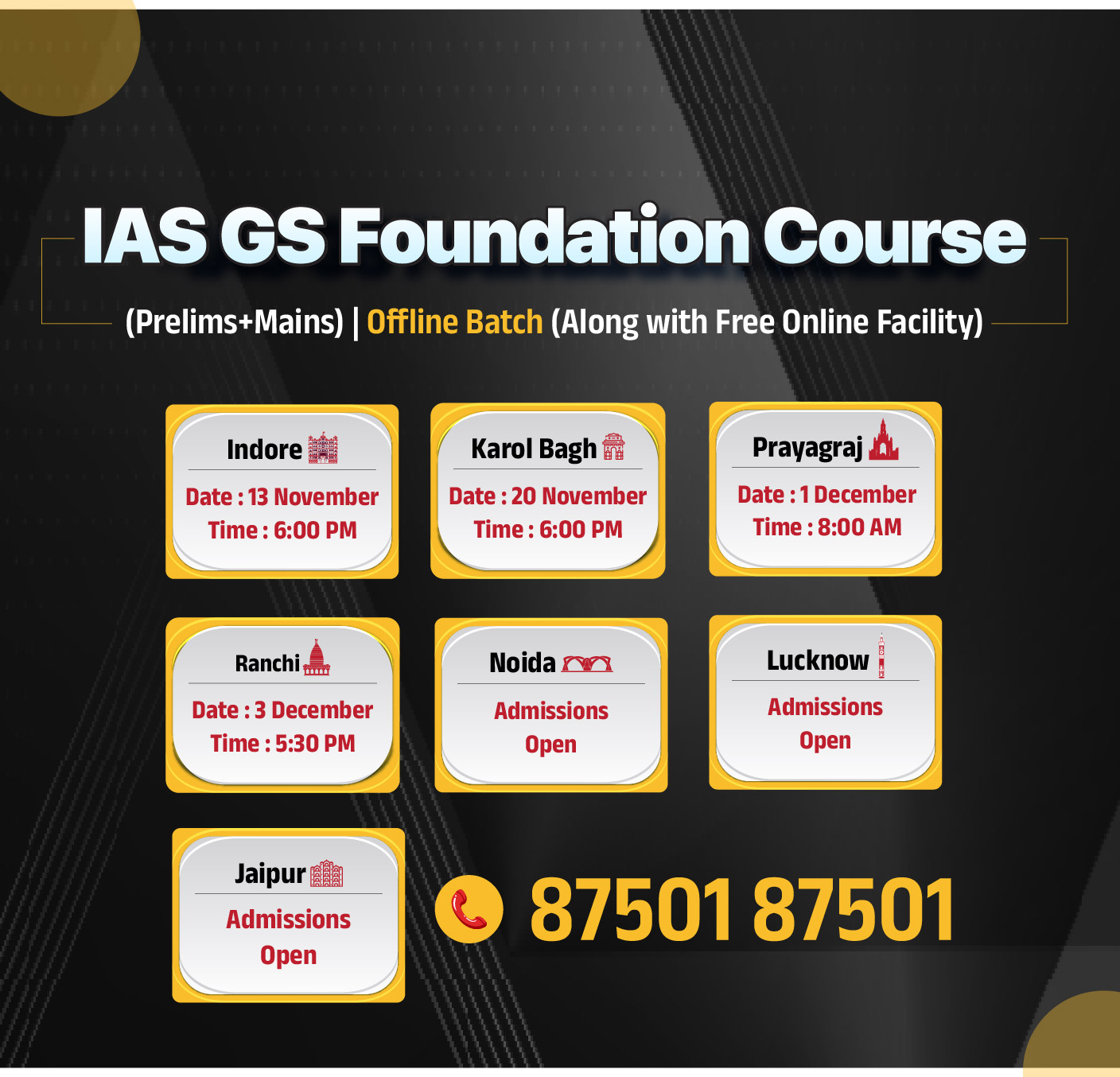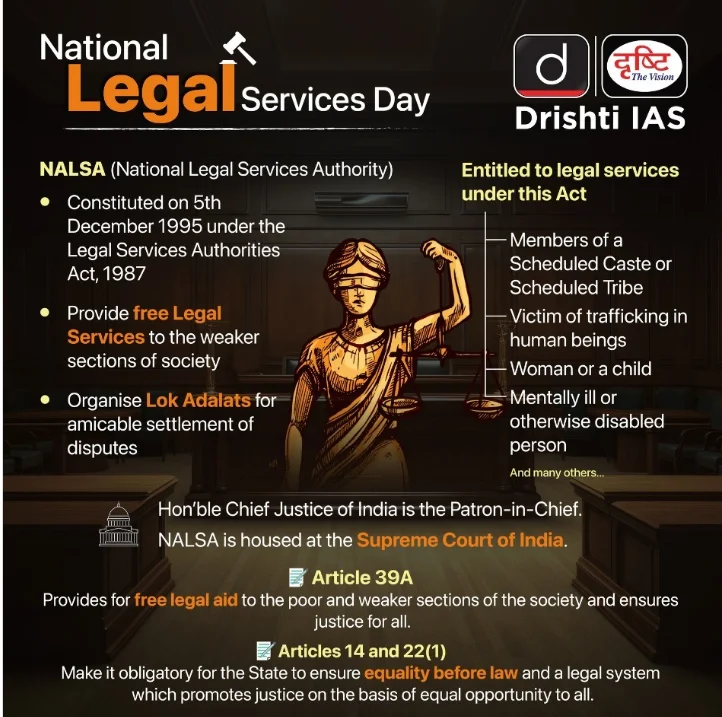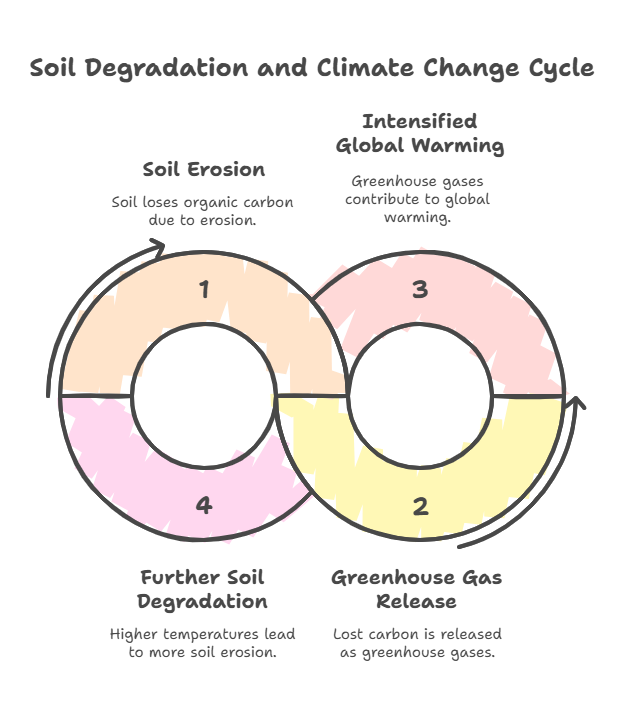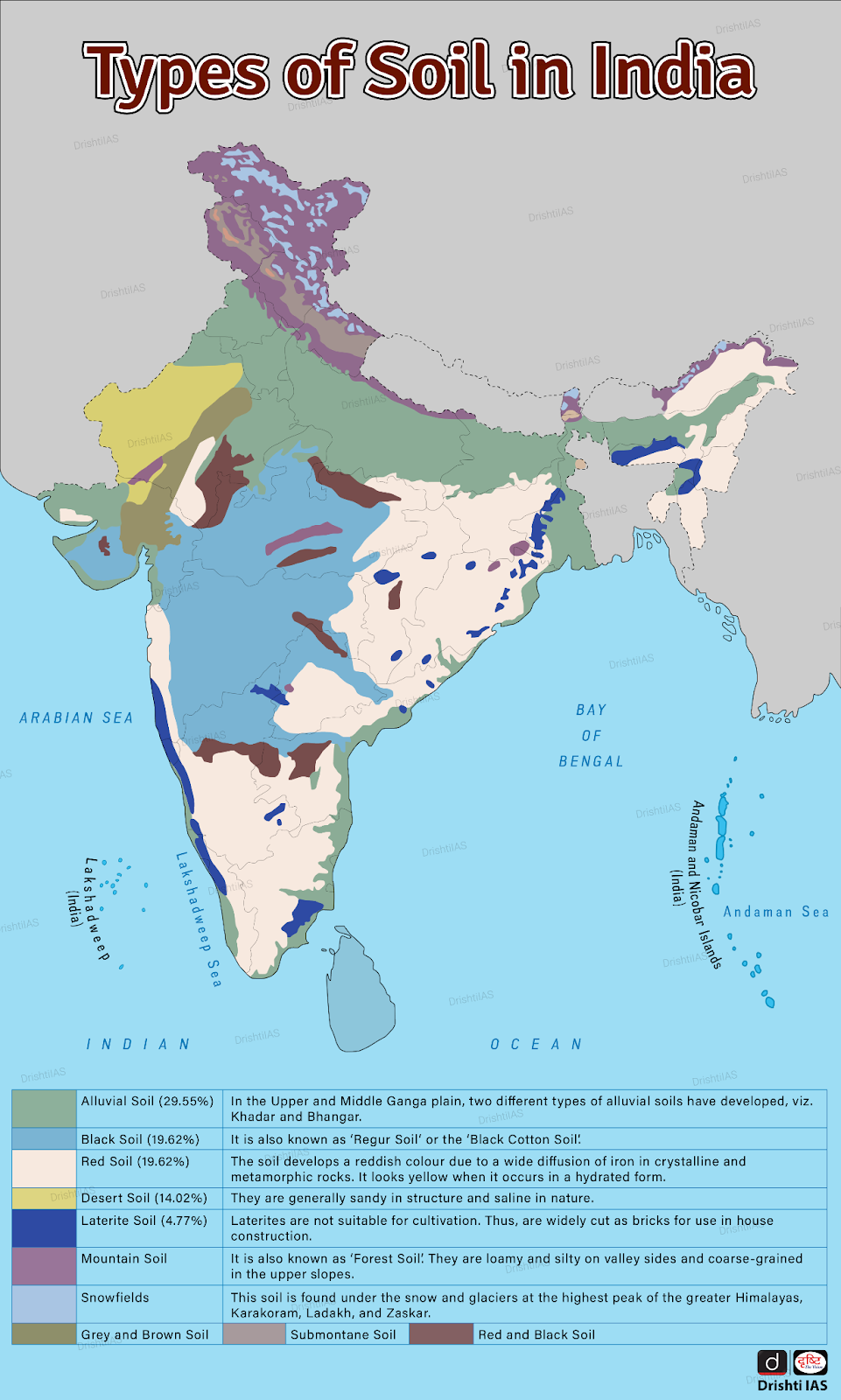Indian Polity
Legal Aid in India
For Prelims: National Legal Services Day, Article 21, National Legal Services Authority, Lok Adalats, DISHA scheme
For Mains: Constitutional basis of free legal aid, Access to justice for vulnerable groups, Legal Services Authorities Act, 1987
Why in News?
The Chief Justice of India stressed that “legal aid is not charity but a moral duty” and “a crucial aspect of governance, ensuring the rule of law reaches every corner of the country”. He made these remarks at the National Conference on Strengthening Legal Aid Delivery Mechanisms.
- The event was held on National Legal Services Day ( 9th November 2025), which marks the enactment of the Legal Services Authorities Act, 1987, that came into force on 9th November 1995 and led to the creation of institutions providing free legal aid.
What is the Legal Services Authorities Act, 1987?
- Constitutional Responsibility, not Mere Charity: The Legal Services Authorities Act, 1987 puts into action the constitutional vision of equal justice and free legal aid.
- It draws strength from the Directive Principles of State Policy (DPSP) under Article 39A, which directs the State to provide legal aid so that justice is not denied on economic grounds, and complements the guarantee of equality before the law under Article 14.
- It also reflects the spirit of Article 21, where the right to life and personal liberty includes fair legal procedures, and Article 22, which protects the rights of arrested persons with access to legal counsel.
- Together, these provisions reinforce the Act’s purpose of making justice accessible for individuals facing poverty, social marginalisation, or other disadvantages.
- Eligibility: Free legal services under the Act are available to members of Scheduled Castes (SC) and Scheduled Tribes (ST) communities, victims of trafficking or begar, all women and children, persons with mental illness or disabilities, and those affected by disasters or caste and ethnic violence.
- Industrial workmen and individuals in custody, including in protective homes, juvenile homes, or mental health institutions, are also covered.
- People with annual income below the notified limit (generally between Rs 1 lakh and Rs 3 lakh for lower courts), and below Rs 5 lakh for cases before the Supreme Court are also eligible.
Institutional Framework
- Legal Services Authorities: The Act establishes a three-tier structure of legal aid authorities:
- National Legal Services Authority (NALSA) (headed by the Chief Justice of India).
- The National Legal Aid Fund supports NALSA through central grants and donations.
- State Legal Services Authorities (headed by the Chief Justice of the High Court).
- The State Legal Aid Fund receives central or state contributions.
- District Legal Services Authorities (headed by the District Judge).
- The District Legal Aid Fund is supported by state funding and local donations.
- Between 2022-23 and 2024-25, more than 44.22 lakh people received free legal aid and advice through these authorities.
- National Legal Services Authority (NALSA) (headed by the Chief Justice of India).
- Lok Adalats: The Legal Services Authorities Act, 1987 gives the statutory recognition to Lok Adalats and Permanent Lok Adalats to facilitate amicable and speedy settlement of disputes at both pre-litigation and pending stages.
- From 2022–23 to 2024–25, more than 23.5 crore cases were settled through national, state and permanent Lok Adalats, reflecting their central role in clearing pendency and reducing litigation costs.
What are the Key Initiatives/Institutes Supporting the Vision of Accessible Legal Aid?
Key Initiatives
- Legal Aid Defense Counsel System (LADCS) Scheme: The LADCS scheme by NALSA provides free legal defense in criminal cases for eligible beneficiaries under the Legal Services Authorities Act, 1987.
- As of September 2025, it operates in 668 districts, disposing of 7.86 lakh of 11.46 lakh assigned cases.
- Designing Innovative Solutions for Holistic Access to Justice (DISHA): The Department of Justice is implementing the five-year DISHA scheme (2021–26) to advance the constitutional promise of justice through programmes like the Legal Literacy and Legal Awareness Programme (LLLAP).
- Its key components include Tele-Law, Pro Bono Legal Services (Nyaya Bandhu), and legal literacy initiatives, while leveraging technology and simplified Information, Education and Communication (IEC) material to improve legal awareness and outreach.
- About 2.10 crore people (as of February 2025) received pre-litigation advice, pro bono services, legal representation, and awareness under DISHA.
Institutions Supporting the Vision
- Fast-Track Courts (FTCs): Created to speed up trials in heinous offences and sensitive civil matters involving women, children, senior citizens, persons with disabilities, and long-pending property cases.
- 14th Finance Commission recommended 1,800 FTCs during 2015-20, 865 FTCs are currently functional as of June 30, 2025.
- Fast-Track Special Courts (FTSCs): Established under a Centrally Sponsored Scheme (2019) to try serious sexual offences, including cases under the Protection of Children from Sexual Offences (POCSO) Act, 2012.
- 725 FTSCs, including 392 exclusive POCSO courts, functional across 29 States/UTs (June 2025).
- Gram Nyayalayas: Established under the Gram Nyayalayas Act, 2008 as grassroots courts for quick, affordable justice in rural areas.
- 488 Gram Nyayalayas functional as of March 2025.
- Nari Adalats: It is a component of the "Sambal" sub-scheme under Mission Shakti, it aims to provide women with an alternate Grievance Redressal Mechanism.
- They function at the Gram Panchayat level to resolve domestic and gender-based violence through negotiation, mediation, and reconciliation.
- Operating in Assam and J&K, and being piloted across multiple states and UTs.
- Exclusive Special Courts (SC/ST Act): Created under the Scheduled Castes and Scheduled Tribes (Prevention of Atrocities) Act, 1989 to deal exclusively with offences against SC/ST communities.
What are the Challenges in India’s Legal Aid Delivery?
- Weak Continuity in Policy and Fragmented Implementation: Legal aid initiatives often change direction with new executive chairpersons at NALSA and SLSAs, limiting sustained, long-term progress.
- Absence of institutionalised advisory mechanisms affects planning stability.
- Quality Gaps in Representation: Many free legal aid lawyers treat cases as formality work due to low remuneration and weak incentives, leading to poor-quality defence and low client confidence, weakening trust and case outcomes.
- Free legal aid lawyers are often generalists with limited or no training in specialised domains (POCSO, SC/ST atrocities, immigration) reduces effectiveness in sensitive cases.
- Weak Grassroots Integration: Para-legal volunteers and legal clinics exist, but coordination with local administration, police stations, and community organisations remains inconsistent, limiting reach.
- Societal Hesitation and Stigma: Fear of police, social pressure, and distrust of state institutions discourage victims, especially in domestic and caste-based cases, from seeking help.
- Low Legal Awareness: Many eligible individuals simply do not know that free legal aid exists or how to access it, especially women, migrants, and marginalised groups.
- Campaigns remain formal and urban-centric with limited tailoring for marginalised groups, dialects, or vulnerable workers (migrants, gig workers).
- Data and Outcome Tracking Deficits: Evaluation is largely quantitative (number of cases, camps) rather than outcome-based (quality, success rate, user satisfaction), limiting course correction.
What Reforms are Needed to Advance Legal Aid Delivery in India?
- Expand Capacity-building: The National Judicial Academy’s programmes for judges and legal-aid personnel should be scaled up to build stronger subject expertise and deepen sensitivity to vulnerable groups.
- Introduce performance-linked honorariums and clear evaluation metrics for legal aid lawyers.
- Vision-Based Institutional Planning: Create advisory committees at NALSA/SLSAs, including incoming executive heads, to ensure stable, long-term policy direction.
- Develop multi-year action plans with regular monitoring and public reporting.
- Deepen legal literacy: The LLLAP under DISHA demonstrates the value of targeted communication through regional bodies. Expanding such partnerships can help bridge cultural and linguistic barriers.
- The outreach achieved through Doordarshan’s legal awareness broadcasts shows the potential of coordinated multimedia communication, which can be further strengthened by leveraging mainstream streaming platforms.
- Improve Coordination Across Institutions: Foster joint action between judiciary, executive, legal services authorities, and civil society to ensure smoother referral, counselling, and rehabilitation.
- Focus on Outcomes over Numbers: Move beyond counting disposed cases and awareness camps. Introduce user-feedback systems, quality audits, and periodic impact evaluations to measure dignity, fairness, and satisfaction.
Conclusion
India aims to make justice accessible for all. Free legal aid, Lok Adalats, fast-track courts, and awareness drives have helped crores of people, especially the vulnerable, seek timely and affordable justice.
|
Drishti Mains Question: Legal aid is not charity but governance. Discuss, with reference to the Legal Services Authorities Act, 1987. |
Frequently Asked Questions (FAQs)
1. What is the Legal Services Authorities Act, 1987?
It operationalises equal justice and free legal aid, aligned with Articles 14, 21 and 22, creating legal services authorities like National Legal Services Authority for nationwide legal aid and ADR via Lok Adalats.
2. Who is eligible for free legal services under Section 12?
Scheduled Castes (SC) and Scheduled Tribes (ST) members, victims of trafficking/begar, all women and children, persons with mental illness/disabilities, disaster/atrocity victims, industrial workmen, persons in custody, and low-income individuals.
3. What are the flagship schemes supporting legal aid delivery?
Legal Aid Defense Counsel System for criminal defence, DISHA with Tele-Law, Nyaya Bandhu for literacy, pro bono and digital outreach; PLV training for last-mile support.
4. What are the major legal aid delivery challenges identified?
Poor policy continuity, uneven quality of representation, weak grassroots integration, low specialised capacity, digital divide, and output-heavy but outcome-light monitoring.
UPSC Civil Services Examination, Previous Year Questions (PYQs)
Prelims
Q. With reference to National Legal Services Authority, consider the following statements: (2013)
- Its objective is to provide free and competent legal services to the weaker sections of the society on the basis of equal opportunity.
- It issues guidelines for the State Legal Services Authorities to implement the legal programmes and schemes throughout the country.
Which of the statements given above is/are correct?
(a) 1 only
(b) 2 only
(c) Both 1 and 2
(d) Neither 1 nor 2
Ans: (c)
Mains
Q. Who are entitled to receive free legal aid? Assess the role of the National Legal Services Authority(NALSA) in rendering free legal aid in India (2023)

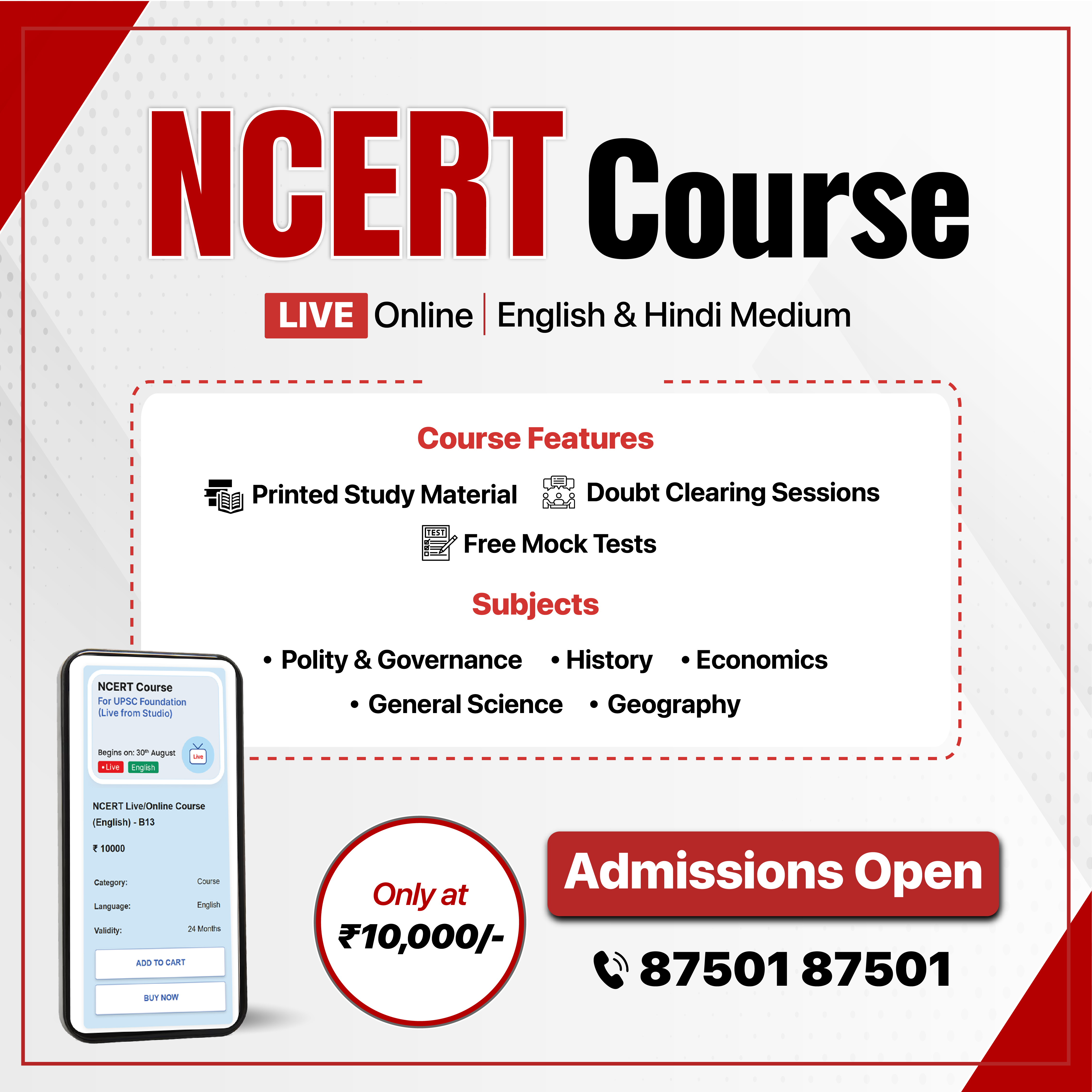
Agriculture
Restoring Soil Organic Carbon for Sustainable Agriculture
For Prelims: Indian Council of Agricultural Research (ICAR), Soil Organic Carbon (SOC), Micronutrient, Carbon Credit, National Mission for Sustainable Agriculture (NMSA), Soil Health Card Scheme, Natural Farming, No-till Farming, Organic Manuring, PM-KISAN, Paramparagat Krishi Vikas Yojana (PKVY).
For Mains: Status of soil organic carbon in India, implications of depleting organic carbon and measures needed for sustainable soil management.
Why in News?
A study by the Indian Council of Agricultural Research (ICAR) reveals that unscientific fertilizer use and climate change are depleting organic carbon in India’s arable lands, based on 254,236 soil samples from 620 districts across 29 States.
- Soil Organic Carbon (SOC) is the carbon in soil organic matter, including decomposed residues and microbes, and indicates soil health, fertility, water retention, and climate impact.
What are the Key Findings of the ICAR Study on Soil Organic Carbon in India?
- Impact of Fertilisers and Climate Change: Unscientific fertiliser use and rising temperatures reduce soil organic carbon. States like Haryana, Punjab, and parts of Western Uttar Pradesh overuse urea and phosphorus, harming soil health, while Bihar, with balanced fertiliser use, fares better.
- Influence of Environmental Factors: Organic carbon is higher at higher elevations and lower in lowlands, and decreases with higher temperatures, as seen in Rajasthan and Telangana. Rainfall has a smaller effect compared to temperature and elevation.
- Impact of Cropping Systems: Rice-based and pulse-based systems help retain higher organic carbon due to microbial activity and irrigation. Wheat and coarse-grain systems have lower organic carbon content.
- Correlation with Micronutrients: Low organic carbon results in higher micronutrient deficiency, while high organic carbon improves soil fertility.
Soil Profile
- About: A soil profile is a vertical slice of the ground revealing distinct layers (horizons), each differing in texture, colour, and chemical composition. These soil horizons, shaped by climate, organisms, and the land surface, can be organic (O) or mineral (A, E, B, C).
- Layers of Soil:
- O Horizon (Organic Layer): Contains undecomposed organic matter like leaves, twigs, and moss.
- A Horizon (Topsoil): Rich in organic matter and minerals, supports plant growth, soft and porous.
- E Horizon (Eluviated Layer): A lighter, nutrient-depleted layer due to leaching (removal of minerals by water).
- B Horizon (Subsoil): Accumulates leached minerals from upper layers; contains iron, clay, and organic compounds.
- C Horizon (Parent Rock): Made up of broken bedrock or saprolite, with little organic matter.
- R Horizon (Bedrock): Unweathered bedrock at the base of the soil profile.
What are the Key Implications of Depleting Organic Carbon?
- Reduced Soil Fertility & Productivity: Organic carbon is vital for soil health, and its depletion causes poor soil structure, reduced water retention, and micronutrient deficiencies, affecting crop quality and yield.
- This leads to stagnating or declining crop yields, posing a long-term threat to India’s food security.
- Climate Change Feedback Loop: Depleted soils create a two-way problem: they release stored carbon as CO₂, and their lighter, poorly structured surfaces reflect more heat, contributing to localized warming and altered microclimates.
- Increased Cost of Cultivation: Declining soil fertility increases fertilizer use, costs, and farming risks, while depleted soils miss carbon credit opportunities, reducing profit incentives for sustainable practices.
- Threat to Agricultural Sustainability: The current input-driven agriculture model is unsustainable, degrading soil and undermining initiatives like the National Mission for Sustainable Agriculture (NMSA), Soil Health Card Scheme, and targets for natural farming and carbon credits.
- Loss of Biodiversity: Soil organic carbon is the primary energy source for a vast ecosystem of microorganisms, earthworms, and other biota essential for nutrient cycling. Its depletion decimates this underground biodiversity.
What Steps are Needed for Sustainable Soil Management in India?
- Sustainable Crop Management: Zero tillage, cover cropping, and residue retention can preserve Soil Organic Carbon (SOC) by improving soil health and carbon sequestration, with no-till systems and diverse crops building carbon over time.
- Balanced Fertiliser Use: Strengthen the Soil Health Card Scheme by creating a digital soil database to provide farmers with site-specific nutrient management plans specifying N, P, K, and micronutrient dosages.
- Promote organic and alternative fertilisers and reform the subsidy policy to support balanced, soil-test-based fertilisation.
- Carbon-Sequestering Cropping Systems: Promote cropping diversification and agroforestry to build biomass and enhance soil organic matter. Encourage carbon-rich practices like conservation agriculture, System of Rice Intensification (SRI), and cover cropping to improve soil health and retain organic carbon.
- Carbon Credit Framework for Agriculture: Develop a National Carbon Credit Framework for agriculture using ICAR’s soil map to measure soil carbon stocks.
- Provide direct incentives for farmers to adopt carbon-sequestering practices like no-till farming and organic manuring, creating a new revenue stream and promoting sustainable farming.
- Leveraging Technology: Develop digital platforms integrating Soil Health Card data, satellite imagery, and weather data for real-time irrigation and nutrient advisories. Promote drip irrigation and sprinklers under the "Per Drop, More Crop" initiative to ensure efficient water use and protect soil health.
- Policy Integration: Incorporate soil health management into key schemes like PM-KISAN, NMSA, and Paramparagat Krishi Vikas Yojana (PKVY), focusing on areas with very low soil organic carbon (<0.25%).
- Provide farmer training through Krishi Vigyan Kendras (KVKs) on the relationship between soil organic carbon, fertiliser efficiency, and long-term profitability.
Conclusion
The ICAR study highlights that unscientific fertilizer use and climate change are depleting soil organic carbon, threatening soil fertility, biodiversity, and agricultural sustainability. Adoption of balanced fertilisation, carbon-sequestering cropping systems, digital monitoring, and carbon credit frameworks is critical to restore soil health, improve crop productivity, and achieve long-term sustainable agriculture in India.
|
Drishti Mains Question: Examine the impact of declining soil organic carbon on India’s agricultural sustainability and food security. |
Frequently Asked Questions (FAQs)
1. What is Soil Organic Carbon (SOC)?
Soil Organic Carbon (SOC) is the carbon stored in soil organic matter, which includes decomposed plant and animal residues, microbes, and humus.
2. How does declining soil organic carbon affect agricultural productivity?
It reduces soil fertility, microbial activity, water retention, and nutrient availability, leading to lower crop yields and threatening food security.
3. What is the significance of creating a Carbon Credit Framework for Indian agriculture?
It would create a financial incentive for farmers to adopt carbon-sequestering practices like zero-till farming, providing a new revenue stream while simultaneously addressing soil degradation and climate change.
UPSC Civil Services Examination Previous Year Question (PYQ)
Prelims
Q. The black cotton soil of India has been formed due to the weathering of (2021)
(a) brown forest soil
(b) fissure volcanic rock
(c) granite and schist
(d) shale and limestone
Ans: (b)
Q. Consider the following statements: (2017)
- The nation-wide ‘Soil Health Card Scheme’ aims at
- expanding the cultivable area under irrigation.
- enabling the banks to assess the quantum of loans to be granted to farmers on the basis of soil quality.
- checking the overuse of fertilisers in farmlands.
Which of the above statements is/are correct?
(a) 1 and 2 only
(b) 3 only
(c) 2 and 3 only
(d) 1, 2 and 3
Ans: (b)
Mains
Q. How far is the Integrated Farming System (IFS) helpful in sustaining agricultural production? (2019)


Facts for UPSC Mains
Shah Bano Case 1985 & Muslim Women’s Rights in India
Why in News?
An upcoming Bollywood film inspired by the Shah Bano case, 1985, has renewed public attention on one of India's most debated legal judgments concerning Muslim women's rights, and the Uniform Civil Code (UCC). The case remains a milestone in balancing personal laws with constitutional principles.
How Did the Shah Bano Verdict Shape the Legal Landscape for Muslim Women in India?
- Case Background: In 1978, Shah Bano Begum, a 62-year-old Muslim woman, sought maintenance under Section 125 of the CrPC (now Bharatiya Nagarik Suraksha Sanhita, 2023) after being divorced by her husband. This section ensures maintenance for dependents irrespective of religion.
- Husband contended that under Muslim personal law, his obligation ended after the iddat period (3 months after divorce), but the Madhya Pradesh High Court increased her maintenance, prompting him to appeal to the Supreme Court (SC).
- Supreme Court Verdict (1985): A 5 judge SC constitution bench unanimously ruled in Shah Bano’s favour, declaring Section 125 CrPC a secular law applicable to all, including Muslim women.
- The Court held she was entitled to maintenance beyond the iddat period and lamented that Article 44 (UCC) remained a “dead letter.” SC criticized the non-implementation of Article 44, which calls for a Uniform Civil Code.
- It referenced the Quran to support continued maintenance post-divorce.
- Backlash and Legislative Response (1986): Facing protests from conservative Muslim groups, the government passed the Muslim Women (Protection of Rights on Divorce) Act, 1986.
- This act diluted the SC’s ruling by limiting the husband’s responsibility to the iddat period, shifting long-term support to the woman’s relatives or Waqf Board.
- Reaffirmation in Daniel Latifi Case (2001): In 2001, the SC upheld the 1986 Act after Danial Latifi (Shah Bano’s lawyer) challenged its validity in the Daniel Latifi Case, 2001.
- It ruled that husbands must make a one-time payment within the iddat period to cover a woman’s future needs, preserving the spirit of the Shah Bano verdict.
- Mohd. Abdul Samad v. State of Telangana Case, 2024: The SC ruled that the 1986 Act does not override Section 125 CrPC, allowing divorced Muslim women to seek maintenance under either or both laws.
- Significance of the Shah Bano Case 1985: It restored legal clarity, strengthened access to justice, ensured constitutional parity for Muslim women, and reinforced the secular character of Indian maintenance law.
- The case continues to influence India’s constitutional journey, highlighting tensions between faith vs. equality, law vs. politics, and religion vs. reform.
Uniform Civil Code (UCC)
- About: The Uniform Civil Code (UCC), outlined in Article 44 of the Constitution under the Directive Principles of State Policy, envisions a common set of civil laws for all citizens across India.
- Its implementation, however, is discretionary and not mandatory for the government.
- Historical Context: During the British era, uniform criminal laws were enacted, but family laws were left untouched due to religious sensitivities.
- In the Constituent Assembly, Muslim members sought safeguards for personal laws, while K.M. Munshi, Alladi Krishnaswami, and B.R. Ambedkar supported the UCC to promote equality and national integration.
- UCC in India: In 2018, the 21st Law Commission released a consultation paper on “Reforms of family law,” stating that the “formulation of a Uniform Civil Code is neither necessary nor desirable at this stage.”
- Goa follows a UCC under the Portuguese Civil Code of 1867, while Uttarakhand is the first Indian state to implement its own Uniform Civil Code.
- SC Verdicts Promoting UCC:
- Sarla Mudgal Case, 1995: This case addressed issues of religious conversion and polygamy, while also emphasizing the importance of a Uniform Civil Code.
- Lily Thomas Case, 2013: The SC ruled that a Hindu man cannot remarry after converting to Islam without first dissolving his existing marriage, addressing misuse of conversion to evade bigamy laws.
- Shayara Bano Case, 2017: The SC struck down triple talaq as unconstitutional, leading to the enactment of the Muslim Women (Protection of Rights on Marriage) Act, 2019, which criminalizes instant divorce (talaq-e-biddat).
- Jose Paulo Coutinho Case, 2019: The Court hailed Goa as a “shining example” and held that the Portuguese Civil Code, 1867, which applies in the state, also regulates succession and inheritance rights of Goan residents for properties situated outside Goa or elsewhere in India.
Conclusion
The Shah Bano case and later laws expose India’s struggle between personal laws and constitutional equality. Despite political pushback, courts upheld women’s maintenance rights, underscoring ongoing tensions over secularism, gender justice, and the need for reform and dialogue on a Uniform Civil Code.
|
Drishti Mains Question: “Judicial intervention can further constitutional morality without overriding religious freedoms.” Critically analyze. |
Frequently Asked Questions (FAQs)
1. What was the core legal issue in the Shah Bano case?
The case centered on whether a divorced Muslim woman could claim maintenance beyond the iddat period under the secular Section 125 of the CrPC, or if Muslim Personal Law limited the husband's liability.
2. What is the constitutional basis for the Uniform Civil Code (UCC)?
Article 44 of the Indian Constitution, a Directive Principle of State Policy, enjoins the state to secure a Uniform Civil Code for citizens throughout the territory of India.
3. How did the Danial Latifi (2001) ruling affect the 1986 Act?
In Danial Latifi (2001) the Supreme Court upheld the Act but interpreted it to require a one-time “reasonable and fair provision” during iddat, effectively ensuring long-term maintenance—preserving the spirit of Shah Bano.
UPSC Civil Services Examination, Previous Year Question (PYQ)
Prelims
Q. Consider the following provisions under the Directive Principles of State Policy as enshrined in the Constitution of India: (2012)
- Securing for citizens of India a uniform civil code
- Organising village Panchayats
- Promoting cottage industries in rural areas
- Securing for all the workers reasonable leisure and cultural opportunities
Which of the above are the Gandhian Principles that are reflected in the Directive Principles of State Policy?
(a) 1, 2 and 4 only
(b) 2 and 3 only
(c) 1, 3 and 4 only
(d) 1, 2, 3 and 4
Ans: (b)
Mains
Q. Discuss the possible factors that inhibit India from enacting for its citizen a uniform civil code as provided for in the Directive Principles of State Policy. (2015)


Important Facts For Prelims
Rules for Sustainable Harnessing of Fisheries in the Exclusive Economic Zone
Why in News?
India has notified the Rules for Sustainable Harnessing of Fisheries in the Exclusive Economic Zone (EEZ). This major step supports India’s Blue Economy vision and fulfills the Union Budget 2025–26 announcement to build a sustainable deep-sea fisheries framework.
- The EEZ Rules aim to unlock India’s underused deep-sea resources, especially tuna. So far, fleets from Sri Lanka, Maldives, Indonesia, and Iran have taken most of tuna catch in the Indian Ocean, while Indian boats are limited to the nearshore waters.
What are the Rules for Sustainable Harnessing of Fisheries in the EEZ?
- Empowering Cooperatives and Community-Led Models: The rules prioritise Fishermen Cooperative Societies and Fish Farmer Producer Organisations (FFPOs) to conduct deep-sea fishing and manage modern vessels.
- They also encourage the mother–child vessel model to enable mid-sea trans-shipment under Reserve Bank of India monitored procedures.
- The Budget 2025–26 noted India’s position as the world’s second-largest fish and aquaculture producer with seafood exports of about Rs 60,000 crore.
- Prioritising cooperatives, value addition, and stronger traceability and certification is expected to further boost high-value exports.
- Promoting Sustainable Fishing and Mariculture: The rules prohibit harmful practices such as LED-light fishing, pair trawling, and bull trawling.
- They set minimum legal size limits for fish and mandate Fisheries Management Plans with states to protect biodiversity and rebuild declining stocks.
- The rules promote mariculture activities like sea-cage farming and seaweed cultivation to provide alternative livelihoods and reduce nearshore fishing pressure.
- Digital Access Pass Mechanism: Under the EEZ Rules, an Access Pass is required for mechanized and large-sized motorized vessels, which can be obtained free of cost through the online ReALCRaft portal.
- Traditional and small-scale fishers using motorised or non-motorised craft are exempt. Foreign vessels are barred from obtaining passes.
- Regulatory Reforms: Fish caught beyond the contiguous zone (a maritime area extending up to 24 nautical miles from the baseline beyond the territorial sea) in the Indian EEZ is treated as Indian origin under customs and revenue norms.
- This prevents such catches from being classified as imports when landed in Indian ports and enables smoother export accounting.
- Security Measures: The rules improve safety and security through mandatory transponders and QR Coded Aadhaar Card / Fishers ID Card.
- ReALCRaft is integrated with the Nabhmitra app for safe navigation and transponder use, helping the Coast Guard and Navy strengthen coastal security.
- To safeguard small-scale fishers, the rules call for a National Plan of Action to curb illegal, unreported, and unregulated (IUU) fishing in the EEZ.
ReALCRaft Portal
- It is a national online platform of the Department of Fisheries that enables vessel registration, licensing, ownership transfer, and related services, improving ease of doing business for fishers and coastal States/UTs.
- As of November 2025, about 2.38 lakh vessels are registered on the portal.
- ReALCRaft is being integrated with Marine Products Export Development Authority (MPEDA) and the Export Inspection Council (EIC) to issue catch and health certificates, enabling traceability, sanitary compliance, and eco-labelling for high-value seafood exports.
What is the Exclusive Economic Zone (EEZ)?
- About: An “EEZ” is an area of the ocean, generally extending 200 nautical miles (230 miles) beyond a nation’s territorial sea, within which a coastal nation has jurisdiction over both living and nonliving resources.
- The EEZ, adopted under the 1982 United Nations Convention on the Law of the Sea (UNCLOS), grants a coastal state sovereign rights to explore, exploit, conserve, and manage natural resources up to 200 nautical miles from its coast.
- It also provides jurisdiction over artificial structures, marine research, and environmental protection.
- The EEZ, adopted under the 1982 United Nations Convention on the Law of the Sea (UNCLOS), grants a coastal state sovereign rights to explore, exploit, conserve, and manage natural resources up to 200 nautical miles from its coast.
- India and EEZ: India has an EEZ of over 23 lakh sq km, one of the largest in the world, extending up to 200 nautical miles from its coastline of about 11,099 km.
- This vast marine space supports the livelihoods of more than 50 lakh fishers across 13 coastal States and UTs, contributes significantly to seafood exports, and underpins the country’s Blue Economy.
Frequently Asked Questions (FAQs)
1. What is India’s Exclusive Economic Zone (EEZ)?
The EEZ extends up to 200 nautical miles under the United Nations Convention on the Law of the Sea (1982), granting the coastal state sovereign rights over exploration, conservation and management of living and non-living resources
2. What are the core features of the new Exclusive Economic Zone Rules?
They prioritise Fishermen Cooperative Societies and Fish Farmer Producer Organisations, prohibit harmful practices such as LED-light fishing, pair trawling, and introduce a digital Access Pass through the ReALCRaft portal.
3. What is ReALCRaft Portal?
It is a national online platform of the Department of Fisheries that enables vessel registration, licensing, ownership transfer, and related services, improving ease of doing business for fishers and coastal States/UTs.
UPSC Civil Services Examination, Previous Year Questions (PYQs)
Prelims
Q. With reference to the United Nations Convention on the Law of Sea, consider the following statements: (2022)
- A coastal state has the right to establish the breadth of its territorial sea up to a limit not exceeding 12 nautical miles, measured from baseline determined in accordance with the convention.
- Ships of all states, whether coastal or land-locked, enjoy the right of innocent passage through the territorial sea.
- The Exclusive Economic Zone shall not extend beyond 200 nautical miles from the baseline from which the breadth of the territorial sea is measured.
Which of the statements given above are correct?
(a) 1 and 2 only
(b) 2 and 3 only
(c) 1 and 3 only
(d) 1, 2 and 3
Ans: D

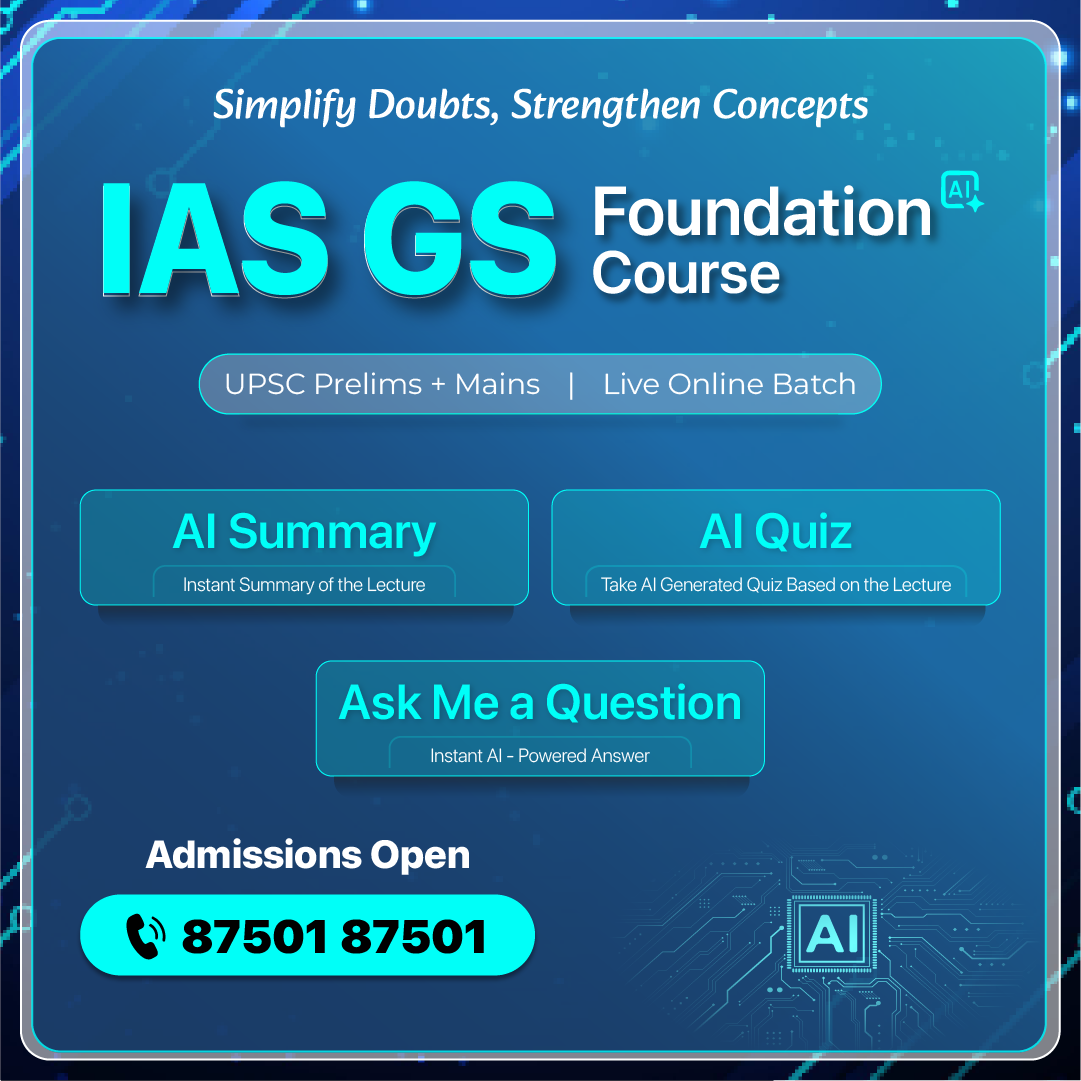
Rapid Fire
Co-Op Kumbh 2025
The Union Minister of Cooperation inaugurated ‘Co-Op Kumbh 2025’, an international conference on the future of India’s urban cooperative banking sector, and adopted the Delhi Declaration 2025.
Key Outcomes
- Delhi Declaration 2025: It will serve as a roadmap for the expansion of Urban Cooperative Banks (UCBs).
- Digital Initiatives: Launch of Sahkar Digi-Pay and Sahkar Digi-Loan apps to enable even the smallest UCBs to offer digital payment and loan facilities.
- Expansion Goal: A target to establish one UCB in every city with a population of over 2 lakhs within 5 years.
- Future Initiatives: National Federation of Urban Cooperative Banks and Credit Societies (NAFCUB) has been directed to onboard 1,500 banks onto Sahkar Digi-Pay within two years; encourage conversion of successful credit societies into UCBs.
- NAFCUB is an Apex Level promotional body for Urban Cooperative Banks and Credit Societies, registered as a Multi-State Cooperative Society in February 1977.
Key Achievements in Cooperative Sector
- Financial Discipline: Non-performing assets (NPAs) of UCBs have come down to 0.6% from 2.8% since 2023.
- Global Recognition of Cooperatives: Amul ranked 1st and IFFCO ranked 2nd globally by the International Cooperative Alliance.
| Read More: Amul Ranks as the World's Top Cooperative in GDP Per Capita |

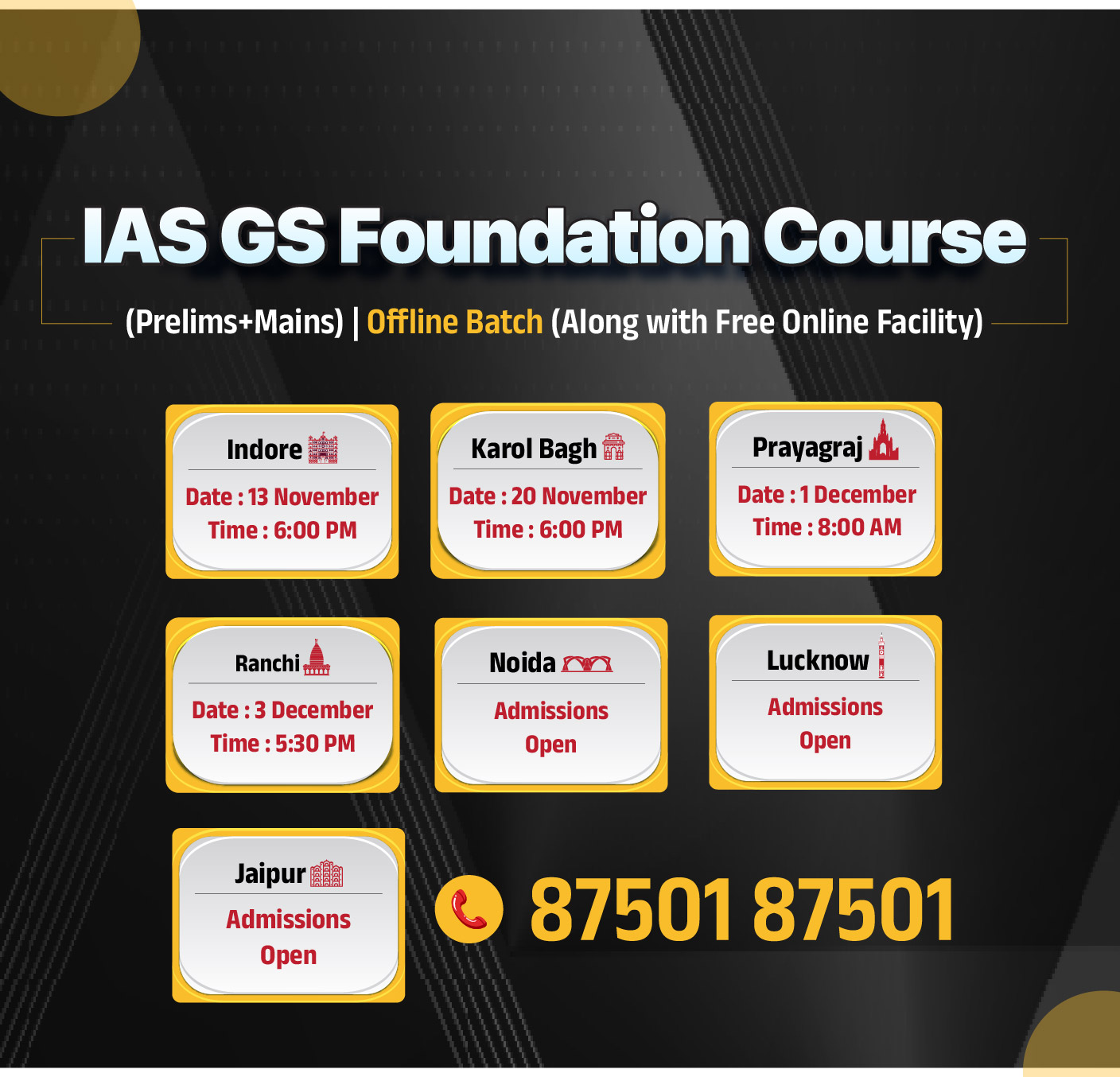
Rapid Fire
Ricin Poisoning
A suspected attempt to extract and deploy ricin, a highly lethal biological toxin, was uncovered by the Gujarat Anti-Terrorist Squad (ATS) with the arrest of three individuals linked to cross-border radical networks.
- Ricin: It is a naturally occurring carbohydrate-binding protein produced in the seeds of ricinus communis, the plant that produces castor oil.
- It is toxic when inhaled, ingested, or injected. Ricin stops cells from making the proteins they need to stay alive, without these proteins, the cells get damaged and eventually die.
- Ricin as a Security Concern: It is extremely dangerous because only a tiny amount can be deadly, there is no antidote, and it is hard to detect quickly.
- Since castor beans used to make it are widely available, the toxin can be produced from common agricultural material.
- Due to its extreme toxicity and high misuse potential, ricin is classified as a Schedule-1 agent under the Chemical Weapons Convention (CWC).
- Chemical Weapons Convention (CWC): It is a global, non-discriminatory disarmament treaty that prohibits the development, production, stockpiling, acquisition, transfer, and use of chemical weapons.
- It also mandates the complete, verifiable destruction of existing stockpiles and transparency in the use of dual-use chemicals.
- CWC is overseen by the Organisation for the Prohibition of Chemical Weapons (OPCW).
- India ratified the CWC in 1996 and enacted the Chemical Weapons Convention Act, 2000 to enforce its provisions.
- Under CWC, India must declare relevant chemical facilities and permit OPCW inspections. The National Authority for Chemical Weapons Convention (NACWC) oversees its implementation.
| Read more: Chemical Weapons Convention |


Rapid Fire
Altermagnetism: A New Class of Magnetic Order
Researchers have identified altermagnetism as a distinct magnetic phase beyond traditional ferromagnetism and antiferromagnetism, with promising implications for next-generation technologies.
- Altermagnets: It represents a third magnetic phase, distinct from the traditional categories of ferromagnetism (where magnetic moments align in parallel) and antiferromagnetism (where moments alternate and cancel each other out)
- In altermagnetic materials, magnetic moments still alternate, but their arrangement follows more complex symmetry operations, such as rotation or reflection, rather than simple shifts.
- This results in a net-zero external magnetic field, like antiferromagnets, but with internal electronic behavior similar to ferromagnets, where the spins can split into different energy bands.
- In altermagnetic materials, magnetic moments still alternate, but their arrangement follows more complex symmetry operations, such as rotation or reflection, rather than simple shifts.
- Features of Altermagnets: They can exhibit the anomalous Hall effect (sideways voltage without an external magnetic field).
- Altermagnets have no net magnetic field externally, making them less susceptible to magnetic disturbances.
- Their magnetic neutrality reduces interference, making them suited for dense, fast, and energy-efficient electronic and spintronic devices.
- Applications: Altermagnets show promise in spintronics, where data is processed using electron spin rather than electric charge.
- They could enable faster memory and logic devices with less energy use.
- Since they generate low magnetic noise, they may also support quantum technologies, offering more stable platforms for future computing.
| Read more: Mpemba Effect in Magnets |

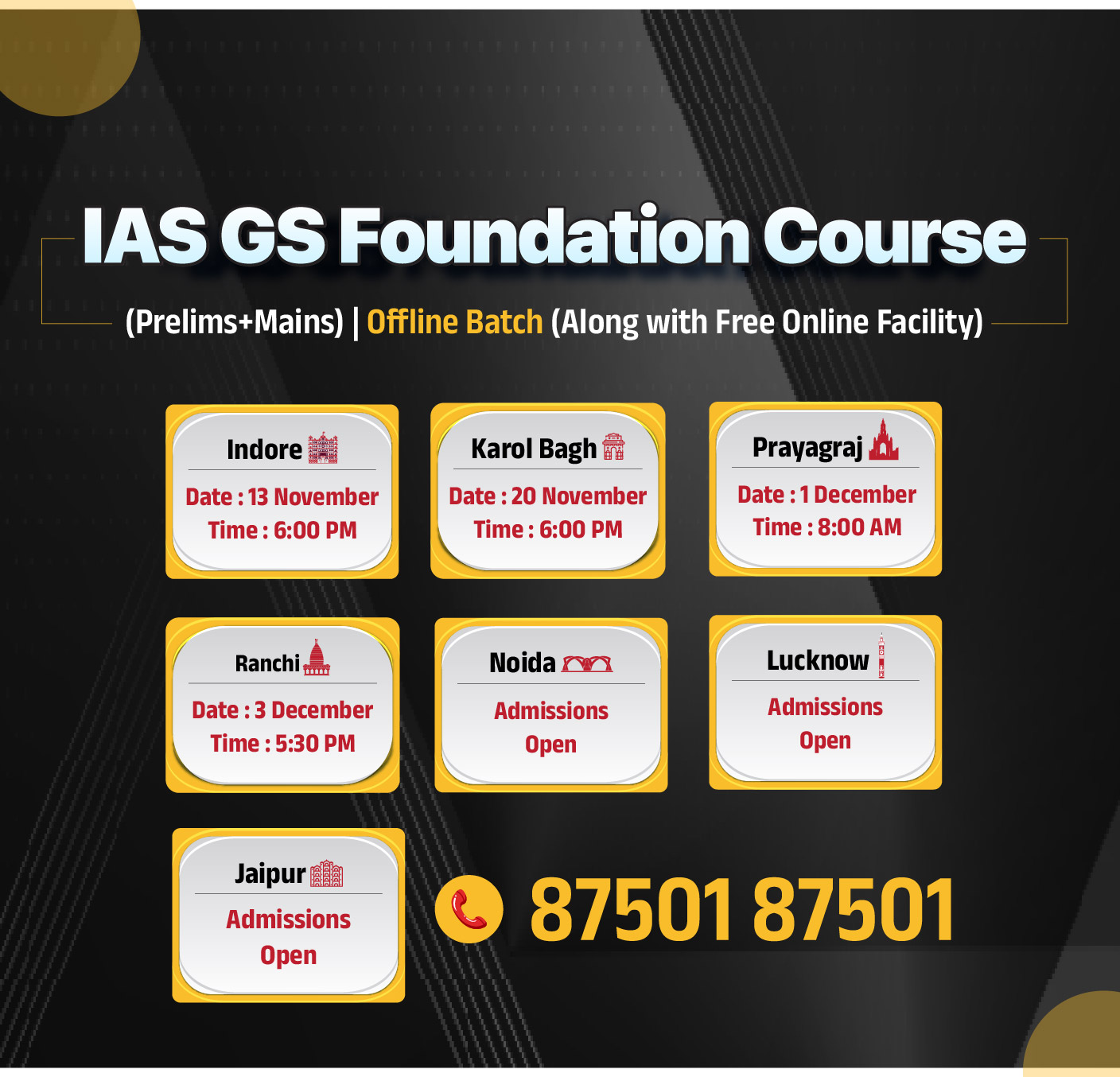
Rapid Fire
SEBI Flags Digital Gold Risks
The Securities and Exchange Board of India (SEBI) has issued a strong advisory cautioning investors against investing in unregulated digital gold/e-gold products, highlighting their high risks and lack of investor protection.
- Key Risks Highlighted by SEBI:
- Unregulated Nature: Digital gold is not classified or regulated as a security or commodity derivative and lacks the investor protection mechanisms available for SEBI-approved products.
- Counterparty Risk: Investors rely entirely on the issuer, creating a high risk of default on physical gold or cash delivery.
- No Investor Protection: Market safeguards like insurance, grievance redressal, and guaranteed settlements do not apply, leaving investors without formal recourse.
- Digital gold: It refers to buying gold electronically without physical possession, with its price linked to physical gold. Created using blockchain technology, it allows investors to buy, sell, and store gold online.
- It is easy to access, can be sold quickly in emergencies, and allows investment with small amounts.
- It removes storage hassles and can be converted into physical gold like coins, bars, or jewellery when needed.
- Safer Alternatives: SEBI advises investors to use regulated gold investment options such as Sovereign Gold Bonds (SGBs), Gold exchange-traded fund (ETF), Electronic Gold Receipts (EGRs), and commodity derivatives.
- They offer regulatory oversight under SEBI, eliminate counterparty risk through guaranteed clearing, ensure transparent price discovery, and provide investor protection within SEBI’s framework.
| Read More: Shift From Physical to Digital Gold |

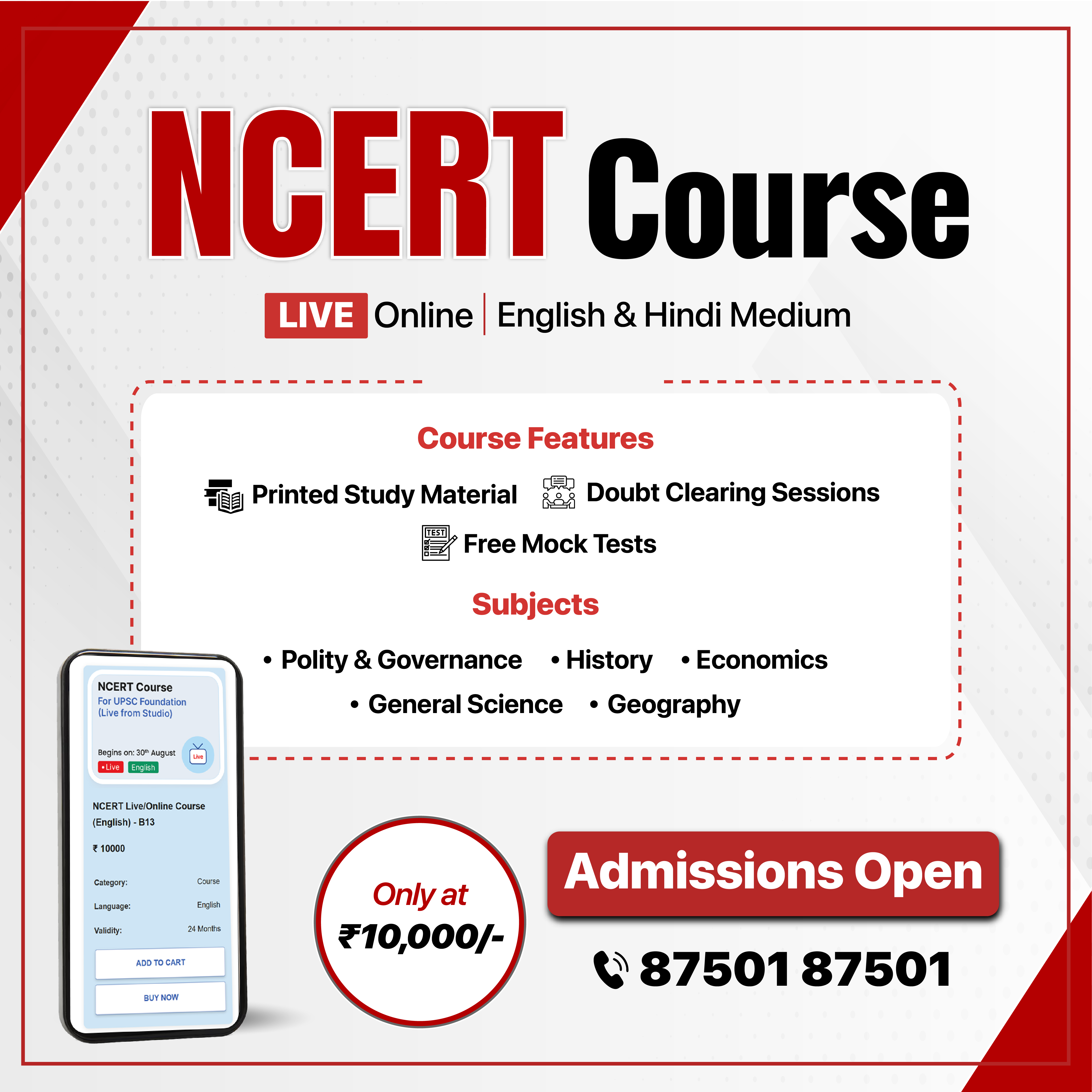
Rapid Fire
ICFT–UNESCO Gandhi Medal
The 56th International Film Festival of India (IFFI), 2025, the ICFT-UNESCO Gandhi Medal continues to honour cinematic works that embody Mahatma Gandhi’s values of peace, non-violence, and inter-cultural dialogue.
ICFT–UNESCO Gandhi Medal
- About: It was instituted at 46th edition of IFFI (2015) in collaboration with International Council For Film, Television And Audiovisual Communication (ICFT)-Paris under UNESCO.
- This medal honours films that not only hold high artistic and cinematic standards but also encourage ethical reflection on society's most pressing issues.
- The award was created to foster a deeper understanding of humanity’s shared values through the transformative power of cinema.
- Significance of the Medal:
- Cultural Diplomacy Tool: It aligns with India's soft power strategy by promoting non-violence, tolerance, and peace through cinema.
- Global Recognition: It is awarded to a film that best reflects Gandhian ideals, selected by an international jury of experts in cinema and communication from UNESCO-affiliated institutions.
- UNESCO Partnership: It enhances India’s role in global cultural governance, working alongside UN bodies on promoting ethical storytelling.
- ICFT: was established at the General Conference of UNESCO held in New Delhi in 1956 to encourage intercultural dialogue and peace through film, television, and digital media.
- International Film Festival of India (IFFI):
- The IFFI is Asia’s oldest and most significant film festival, established in 1952.
- Since 2004, IFFI has been permanently hosted in Goa, jointly organized by: National Film Development Corporation (NFDC), Ministry of Information & Broadcasting and Entertainment Society of Goa (ESG), Government of Goa.
| Read More: National Film Awards |

